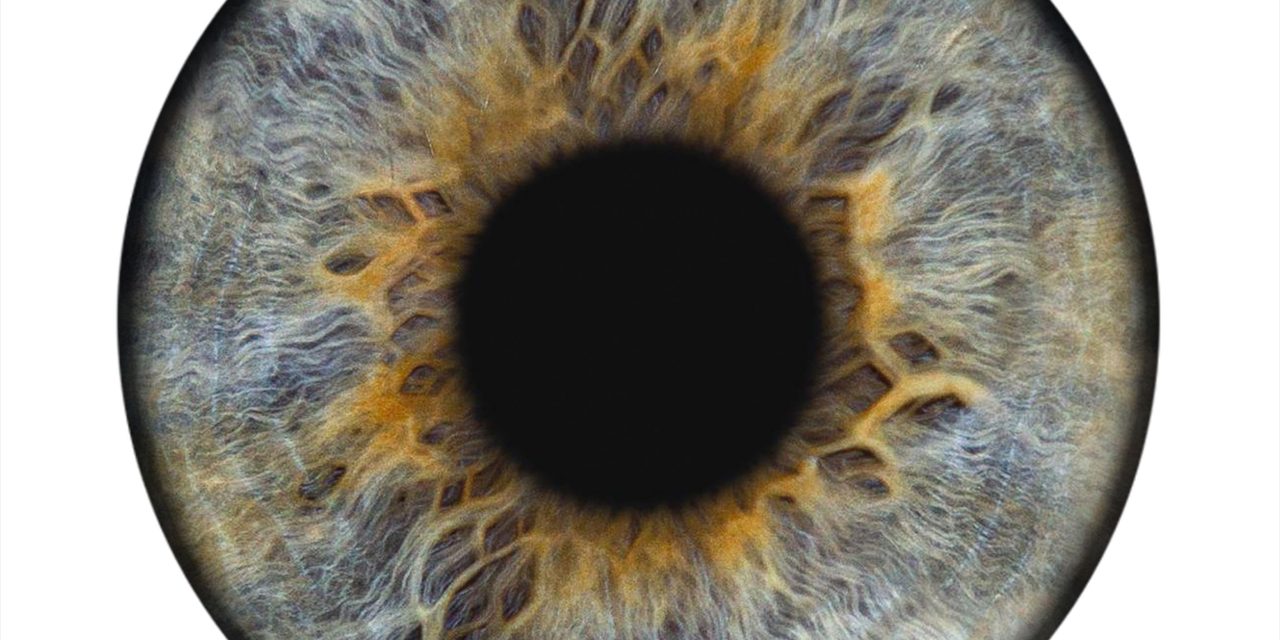The aim of the study was to describe 10-year trends in visual outcomes, anatomical outcomes and treatment burden of patients receiving anti vascular endothelial growth factor (anti-VEGF) therapy for neovascular age-related macular degeneration (nAMD).
Retrospective cohort study of treatment-naïve, first-affected eyes with nAMD started on ranibizumab before January 1, 2009. The primary outcome was time to best-corrected visual acuity (BCVA) falling ≤35 ETDRS letters after initiating anti-VEGF therapy. Secondary outcomes included time to BCVA reaching ≥70 letters, proportion of eyes with BCVA ≥70 and ≤35 letters in 10 years, mean trend of BCVA and central retinal thickness over 10 years, and mean number of injections.
For our cohort of 103 patients, Kaplan-Meier analyses demonstrated median time to BCVA reaching ≤35 and ≥70 letters were 37.8 (95% CI 22.2 to 65.1) and 8.3 (95% CI 4.8 to 20.9) months after commencing anti-VEGF therapy, respectively. At the final follow-up, BCVA was ≤35 letters and ≥70 letters in 41.1% and 21%, respectively, in first-affected eyes, while this was the case for 5.4% and 48.2%, respectively, in a patient’s better-seeing eye. Mean injection number was 37.0±24.2 per eye and 53.6±30.1 at patient level (63.1% of patients required injections in both eyes).
The study concluded that the chronicity of nAMD disease highlights the importance of long-term visual prognosis. https://bjo.bmj.com/content/early/2020/10/02/bjophthalmol-2020-317161


